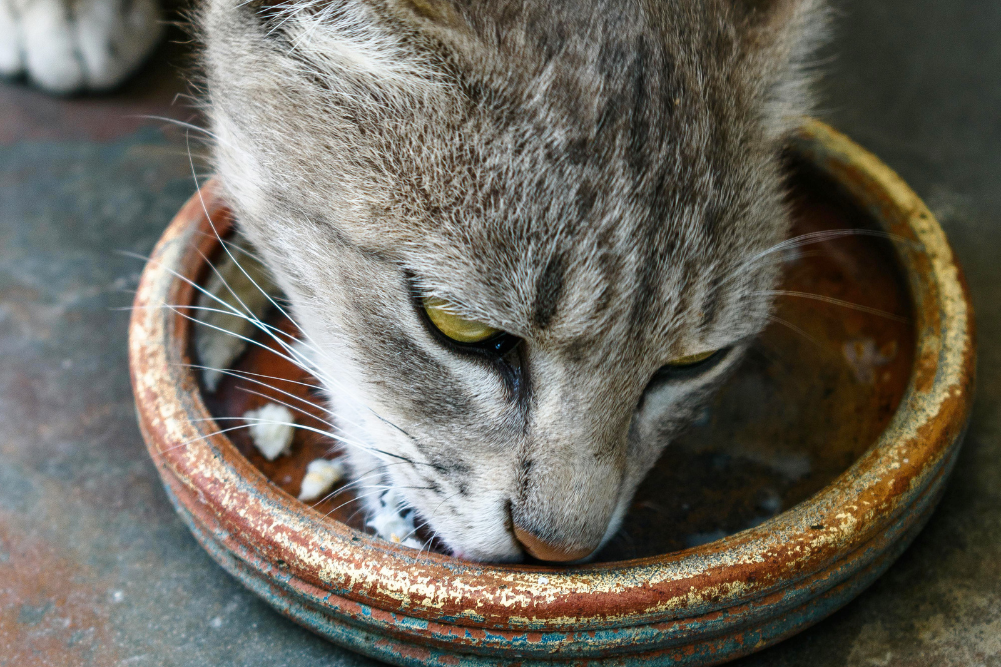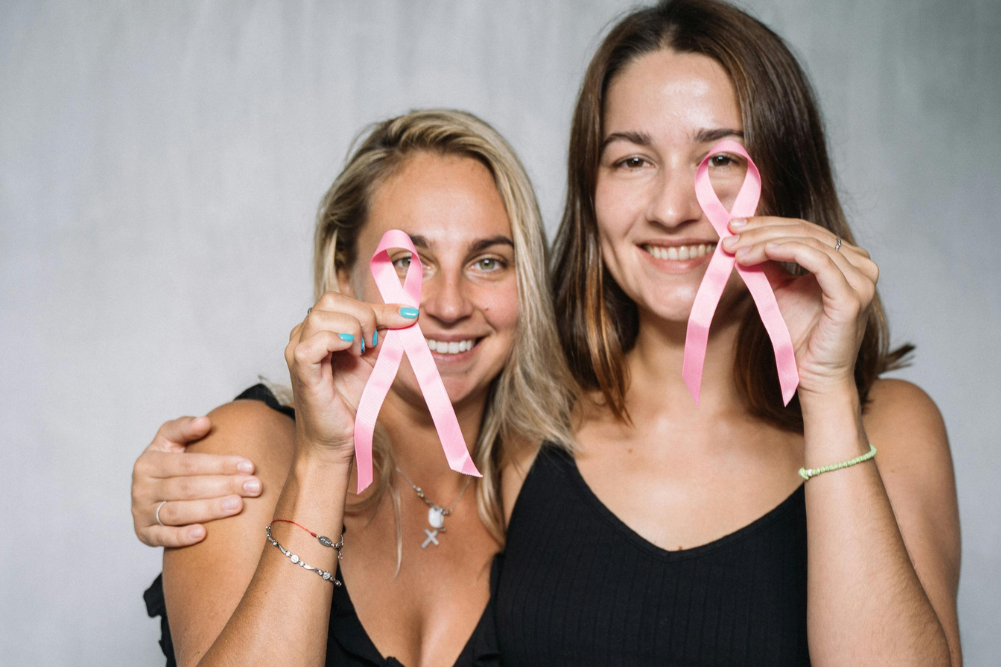Versatility of Acupuncture in Veterinary Care
Acupuncture is the stimulation of specific points just under the surface of the skin, which results in therapeutic effects. In Traditional Chinese Medicine, tonifying or sedating acupuncture points moves Qi (life force) or Blood (fluids), and the goal is to return the body to balance. Acupuncture points are arranged in paired channels, which are connected to an internal organ.
Acupuncture works via multiple mechanisms and affects multiple systems. Analgesic mechanisms of acupuncture have been studied extensively, and the physiological mechanisms identified include spinal gating and descending inhibition. Acupuncture also has multiple anti-inflammatory effects, although all the underlying mechanisms from a conventional perspective are unclear.
Rabbits and smaller pets
Acupuncture can be used to treat smaller pets, where we have fewer pharmacological options. Rabbit sessions require a quiet environment with muted light. We treat rabbits on a floor mat and give them time in their cage in the room before any handling. Acupuncture can be used for painful backs or joints, head tilt (vestibular disease) and gastrointestinal stasis. Rabbits are prey animals, and in a clinical setting they may freeze or bolt. I calm them with slow massage as I examine them, and massage the point before needling, so they are less likely to startle. Bush or Bach flower essences can be used for calming before and during treatments.
Aquapuncture can be used in rabbits, birds and wildlife. A small volume of vitamin B is injected via an insulin syringe into acupuncture points. One of the benefits of aquapuncture is a sustained activation of the acupuncture point, which can be helpful for small animals that find vet visits stressful.
Birds and Kampo
An acupuncture strategy used in birds is the Kampo (Japanese) technique. Kampo uses a short, gentle thrust with a small-gauge needle. In contrast, the traditional Chinese method requires retention of needles, up to 10 minutes if tonifying a point to reduce pain due to stagnation, or greater than 15 minutes for sedation to reduce inflammation.
Aquapuncture can be useful for treating reptiles. I’ve used aquapuncture to treat a long-necked eastern turtle to improve its appetite. The prolonged stimulation of aquapuncture suits a species with a slow metabolism.
Moxa
Moxa is a traditional technique utilising compacted herb Artemisia vulgaris or mugwort. The burning stick gives off heat and a strong odour, and is used to stimulate yang energy and dispel Cold and Damp in TCM. I find it useful in older chilly cats with chronic kidney disease. After a session, the clinic can smell like a marijuana den!
Moxa can be a fire hazard, and is difficult both to light and to extinguish. I place my fingers between the stick and the patient’s fur and remove it when my fingers are too hot. The room must be well ventilated, but even so the fumes can be too irritating for cats with asthma or cardiac disease. Smokeless moxa contains mugwort mixed with charcoal and other herbs.
Electroacupuncture
Electroacupuncture (EA) is used in our practice now as often as, if not more often than, traditional needling techniques. EA uses electrical current to stimulate acupuncture points. We use a TENs machine connected to acupuncture needles (usually Hwato brand with wound wire tips) via wires and alligator clips.
We use EA to treat neurological diseases such as degenerative myelopathy or paralysis resulting from trauma, for example intervertebral disc disease. EA can relieve severe pain, can be used after stifle joint surgery for analgesia or to treat laryngeal paralysis or megaoesophagus. Low frequency is used to tonify points and higher frequencies to sedate or disperse.
Electroacupuncture gives increased pain relief, and treatment benefits last longer than needling. But patients must remain still to prevent needle dislodgement, and the larger needles used can be more uncomfortable on insertion.
Laser acupuncture
Laser acupuncture — or laser therapy — is also called photobiomodulation therapy, and is useful for wound healing, chronic pain and trigger point therapy. Laser treatments are effective and easy to do on even the most reactive dog or cat, but the benefits do not last as long as needling, so sessions are more frequent.
It is not strictly acupuncture, because it doesn’t activate acupuncture points. Infrared light stimulates cell regeneration and increases blood circulation. Cold laser doesn’t heat or damage tissues. Some lasers (class 3 and 4) risk retinal damage if exposed, and so practitioners wear protective goggles, while cats and dogs wear “doggles”.
Acupressure
Acupressure uses digital or manual pressure to stimulate acupuncture points. I like to send my pet owners home with homework after acupuncture, which includes massage and acupressure. Being relaxed and gaining permission is as important at home as they are in the clinic, as is having an intention to heal.
A simple acupressure technique is to massage along the paraspinal muscles (the bladder meridian), noting any tension or heat, then to apply gentle pressure to active points using the ball of the thumb at a 45-degree angle, for 15 to 30 seconds.
Multimodal acupuncture
Multimodal acupuncture therapy gives the best results because it means you use a combination of acupuncture treatments. This allows you to customise a treatment for every patient, no matter how big or small.








